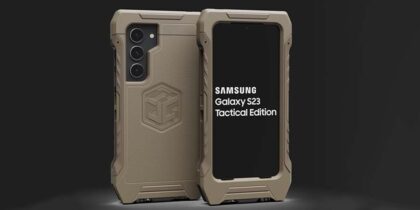Emerging technology has been the latest buzz for government in driving necessary innovation. How that technology is used and integrated under the auspices of the IT modernization umbrella has been a big focus at the largest agency of all: Department of Defense (DoD).
At FedTalks 2018, I had the honor of moderating a panel with Josh Marcuse, executive director of the Defense Innovation Board, and Mike Madsen, partner at the Defense Innovation Unit.
From what I’ve seen during my experience in and around government, not all emerging technology is necessarily innovative. Agencies must now differentiate between innovation that matters and innovation that simply doesn’t.
Innovative Technology
Knowing that not all technology is innovative, how can DoD leaders effectively drive investment decisions?
For Marcuse, DoD’s problem isn’t necessarily innovation itself but innovation in the budget. “We’re great in innovation,” he said. “But we’re challenged with [being more innovative with] our budgets. We try to get what is accepted, mature and commercially available — not just state of the art, but best practice. Defense needs to move from getting emerging tech in three to five months to three to five weeks.”
One agency that is helping DoD use the most capable emerging technologies is the Defense Innovation Unit. DIU’s mission is to accelerate the best of innovative technology and deliver them into the hands of the warfighter. “We are looking at emerging tech for DoD and have been using other transaction authorities (OTAs) to keep an eye out for what’s coming next,” Madsen said.
Looking ahead to the future, DoD and DIU will continue to closely collaborate to bring innovative emerging technology solutions not just into the hands of their warfighters but also to the overall market.
Digitize Your Government Agency
Get this guide to drive collaboration, boost productivity and ensure security in the public sector. Download Now
In addition to OTAs, Madsen and his team are looking to drive emerging tech adoption with the help of non-traditional companies. “We want to work together to capitalize on each of the strengths of those organizations and demonstrate to non-traditional companies that DoD is a sophisticated and trustworthy business partner,” he said.
“Sometimes it’s just moral support that we need in trying to transform the largest organization on earth,” Marcuse added.
My biggest question was, how can industry also help DoD continue to innovate with emerging tech? For Marcuse, “lots of protests are not helping government nor is selling waterfall techniques that don’t work.”
Instead, Marcuse asked that industry partners “help us do Agile contracting better. It will help grow and benefit companies and shareholders.”
Leveraging Emerging Tech
We concluded by agreeing that DoD and other agencies need industry leaders and partners to be upfront to leverage the best of emerging tech. “We have to be more honest about what it takes to transform government,” Marcuse said.
Not all emerging technology is necessarily innovative. Therefore, we must be practical and prudent with our emerging technology investments. For agencies like DoD, it can all boil down to innovative strategies and thinking. Aligning mission objectives to the right idea and leveraging trusted partnerships will help accelerate DoD’s decision making, resulting in the delivery of faster, better and more agile technologies into the hands of warfighters so they may meet all critical mission objectives.
Learn more about how Samsung’s mobile solutions are driving innovation in emerging tech for federal government.








